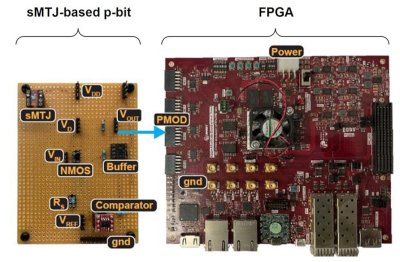Researchers gain better understanding of spin currents from magnon dispersion and polarization
Researchers from Tohoku University, University of Tokyo, Australian Nuclear Science and Technology Organization, High Energy Accelerator Research Organization and Comprehensive Research Organization for Science and Society have found that the spin current signal changes direction at a certain magnetic temperature and diminishes at lower temperatures.
Spintronics uses electrons’ intrinsic spin, which is vital to the field, to regulate the flow of the spin degree of freedom, that is, spin currents. Scientists are continually exploring new ways to manage spintronics for future uses. Detecting spin currents is quite complicated and necessitates the use of macroscopic voltage measurement, which examines the entire voltage fluctuations across a material. However, a major stumbling block has been a lack of understanding of how the spin current flows or propagates inside the material.
